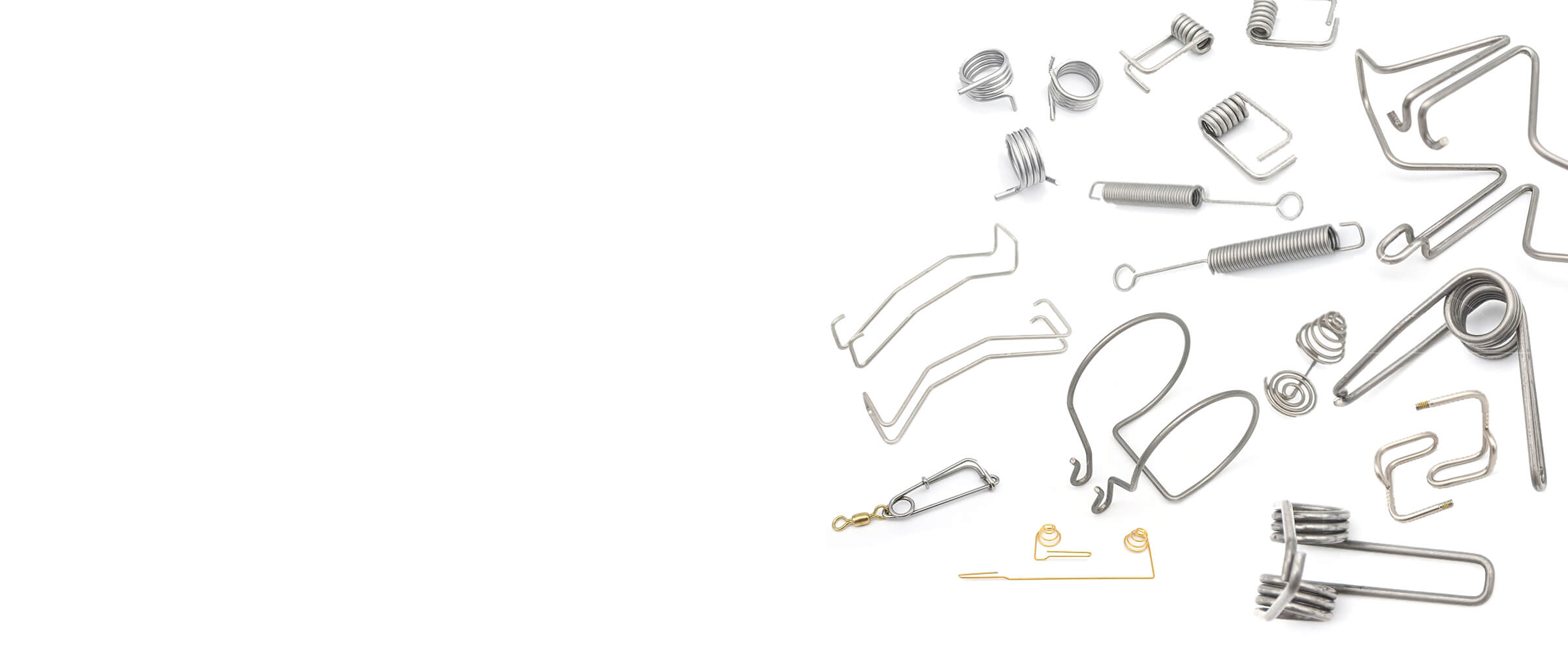Get unique, complex parts easily. No matter your requirements, Chaoyi Spring creates hard-to-produce coil springs and wire forms.
Let us help you create the custom wire form you need, from S-hooks and J-hooks to utility hooks and more.
We work closely with customers across a wide range of industries, helping them design and manufacture made-to-order parts.
Why choose Chaoyi Spring? We prioritize customer-focused collaboration, modern equipment and the latest technology to make your parts per print.
Find the information and guidance you need, from measuring a spring to learning about materials, placing an order and much more.
Tension, ladders, and springs are three seemingly disparate concepts, yet they are all intertwined within the realm of physics. Tension, the force exerted by a taut rope or string, plays


Tension, ladders, and springs are three seemingly disparate concepts, yet they are all intertwined within the realm of physics. Tension, the force exerted by a taut rope or string, plays a crucial role in supporting ladders and ensuring their stability. Springs, with their inherent elasticity, provide a dynamic element that adds complexity and intrigue to these systems. Let's delve into the physics behind these common occurrences and unravel the fascinating interplay between tension, ladders, and springs.

Tension is a force that arises when a rope, string, or similar object is pulled taut. This force acts along the length of the object and is always directed away from the point of attachment. In the context of ladders, tension plays a vital role in ensuring their stability. When a ladder leans against a wall, the tension in the ladder legs provides a counterbalance to the gravitational force acting on the ladder and the person climbing it. This tension helps to prevent the ladder from slipping or tipping over.
Imagine a ladder resting against a wall. The weight of the ladder and the person climbing it creates a downward force. This force is balanced by the tension in the ladder legs, which acts upwards and outwards. The tension in the legs is greater at the base of the ladder, where the weight is concentrated, and diminishes towards the top. The angle of the ladder also plays a crucial role in determining the tension in the legs. A steeper angle results in higher tension, while a shallower angle reduces the tension.
Springs are ubiquitous in our daily lives, from car suspensions to door hinges. Their defining characteristic is their elasticity, their ability to deform under force and return to their original shape. The force exerted by a spring is proportional to its displacement from its equilibrium position. This relationship is known as Hooke's Law, which is a fundamental principle in physics.
When a spring is stretched or compressed, it stores potential energy. This stored energy is released when the spring returns to its original position, providing a restoring force. The amount of potential energy stored in a spring depends on its stiffness (measured by its spring constant) and the amount of deformation. The stiffer the spring, the more energy it stores for a given deformation.
Now, let's consider the interaction of tension, ladders, and springs. A classic example is a ladder leaning against a wall, with a spring attached to the top of the ladder and the wall. This system introduces a dynamic element, as the spring can stretch and compress, changing the tension in the ladder legs. As the person climbs the ladder, the spring stretches, increasing the tension in the ladder legs. This additional tension helps to prevent the ladder from slipping, enhancing its stability. Conversely, as the person descends the ladder, the spring compresses, reducing the tension in the ladder legs. This interplay between tension and spring force creates a dynamic system with interesting consequences.
The principles of tension, ladders, and springs are not confined to theoretical scenarios; they have numerous applications in everyday life. Car suspensions utilize springs to absorb shocks and provide a smooth ride. Door hinges, employing springs, allow doors to close automatically and prevent them from slamming shut. Even trampolines, using springs to provide a bouncy surface, rely on the same fundamental principles.
In the context of ladders, understanding the interplay of tension and spring force is crucial for ensuring safety. A properly secured ladder, with adequate tension in its legs, is essential for preventing falls and accidents. If the tension in the ladder legs is insufficient, the ladder could slip, potentially leading to serious injuries. Similarly, using a ladder with a defective spring, one that does not provide adequate restoring force, could compromise its stability. It is therefore imperative to prioritize safety when using ladders and to ensure that all components are in good working order.
The concepts of tension, ladders, and springs, although seemingly straightforward, offer a glimpse into the fascinating world of physics. By understanding these fundamental principles, we can better grasp the forces at play in our everyday lives and make informed decisions to ensure our safety and well-being.
From the seemingly simple act of climbing a ladder to the intricate workings of a car suspension, tension, ladders, and springs demonstrate the fundamental principles of physics that shape our world. By understanding these concepts, we gain a deeper appreciation for the interplay of forces, energy, and motion that governs our daily experiences. As we continue to explore and innovate, the principles of tension, ladders, and springs will continue to play a vital role in shaping our future.
Browse some of the custom wire forms and springs that we manufacture. Don’t see what you need? We specialize in made-to-order products that meet your application requirements.
Visit Our GalleryNeed a custom wire form or coil spring? We make it work. Fill out the contact form and a representative will respond within 1 business day. If you have a PDF or CAD file, you can submit to request a quote.